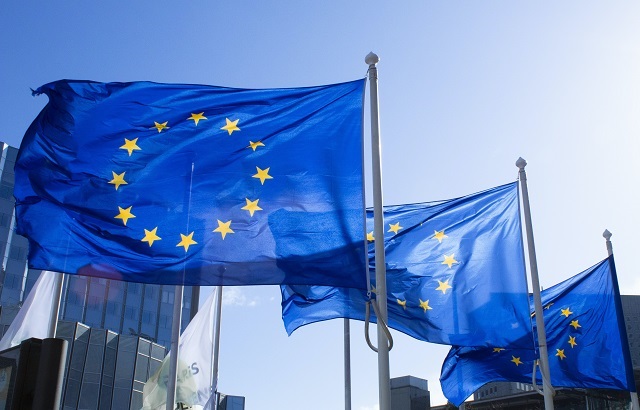The Pan-European Personal Pension Product (PEPP) is a voluntary personal pension scheme that offers EU citizens an option to save for retirement. The PEPP scheme is complementary to existing national pension regimes.
The positive of the PEPP is that citizens are able to continue saving in the same product even when they change residence in the EU.
A lot of Europeans rely on the public pension systems, which have come under scrutiny recently due to an ageing population and lower birth rates across Europe. The EU saw a need for change and created the PEPP.
But the attractive nature of the PEPP has failed to create the buzz the EU would have liked to have seen since its official launch in March 2022.
Internal conflicts
Jake Barber, principal at SJB Global, spoke to International Adviser about the slow uptake of the PEPP across the EU.
“I think part of the reason is because Europe is a continent and every country has their own internal rules,” he said. “For example, in Spain where I live, a workplace pension has an annual contribution limit of €8,500 (£7,320, $8,930), but few are offered and the private pensions have a cap of €1,500.
“If you are self-employed in Spain, you can only pay into the private pension schemes so you are capped at €1,500 per annum. But this changes in every single country. Because the PEPP is offered across the whole of the EU, nobody still truly knows what you would be able to contribute into each country, whether the contributions are tax deductible on entry or on exit.
“It’s a great concept but with many variable factors to consider. The European Insurance Occupational Pensions Authority (EIOPA) have a central register where all registered schemes list their pension products and currently there are only two in Slovakia even though the legal basis was setup on 22 March 2022.”
Cost/benefit analysis
Barber also added that one of the negatives of the PEPP is that it is a “complex structure to setup for the whole of the EU because each country wants it to be different”.
“It’s a bit like the whole concept of the EU using the Euro and the European Central Bank (ECB) being in charge of the monetary policy for all members,” he said. “It’s hard enough doing this for one country let alone 27.”
But Barber does think the PEPP is a “positive step to make a radical change” in Europe.
He added: “So, taking my own situation into account, I’m self-employed in Spain meaning my pension contribution limit is €1,500 per year so, any other savings for retirement are post tax. Above €60,000 the tax rate is 45% meaning for every €1 invested, I lose 45% which means I need to make almost 100% return to get back having my €1.
“This needs to change, but I do believe the PEPP is a step in the right direction albeit a slow one so far.”
Barber was hoping it would take off within a few months of being announced but says EIOPA website has rarely been updated since the announcement in March 2022.
Future
The overall concept of an EU-based pension product that follows you from country-to-country sounds like a dream for many expats.
But unfortunately, the future for pensions in the EU are not rosy.
“The long-term outlook based on everything that is in place today isn’t great but from every struggle comes opportunity,” Barber said. “All they have to do is look at developed pension markets like the UK, Australia, Switzerland and the US to see that the only real way moving forward is to provide tax deductible contributions or cost-effective tax efficient products like UK Isas or US Roth IRAs to tackle the issue.
“I’d like to think that part of the reason for bringing in a product like the PEPP was because they know that they can’t rely on the public pension system to work with a reducing population not being able to fund the ageing populations’ public pensions, but more action needs to be taken.
“The simplest way would be to create a pension structure which is exactly the same across the whole of the EU, provides the same contribution limits and withdrawal options and was available in all languages. If it evolves to become this great, if not then we will just have to wait and see how complicated they can make it.”








